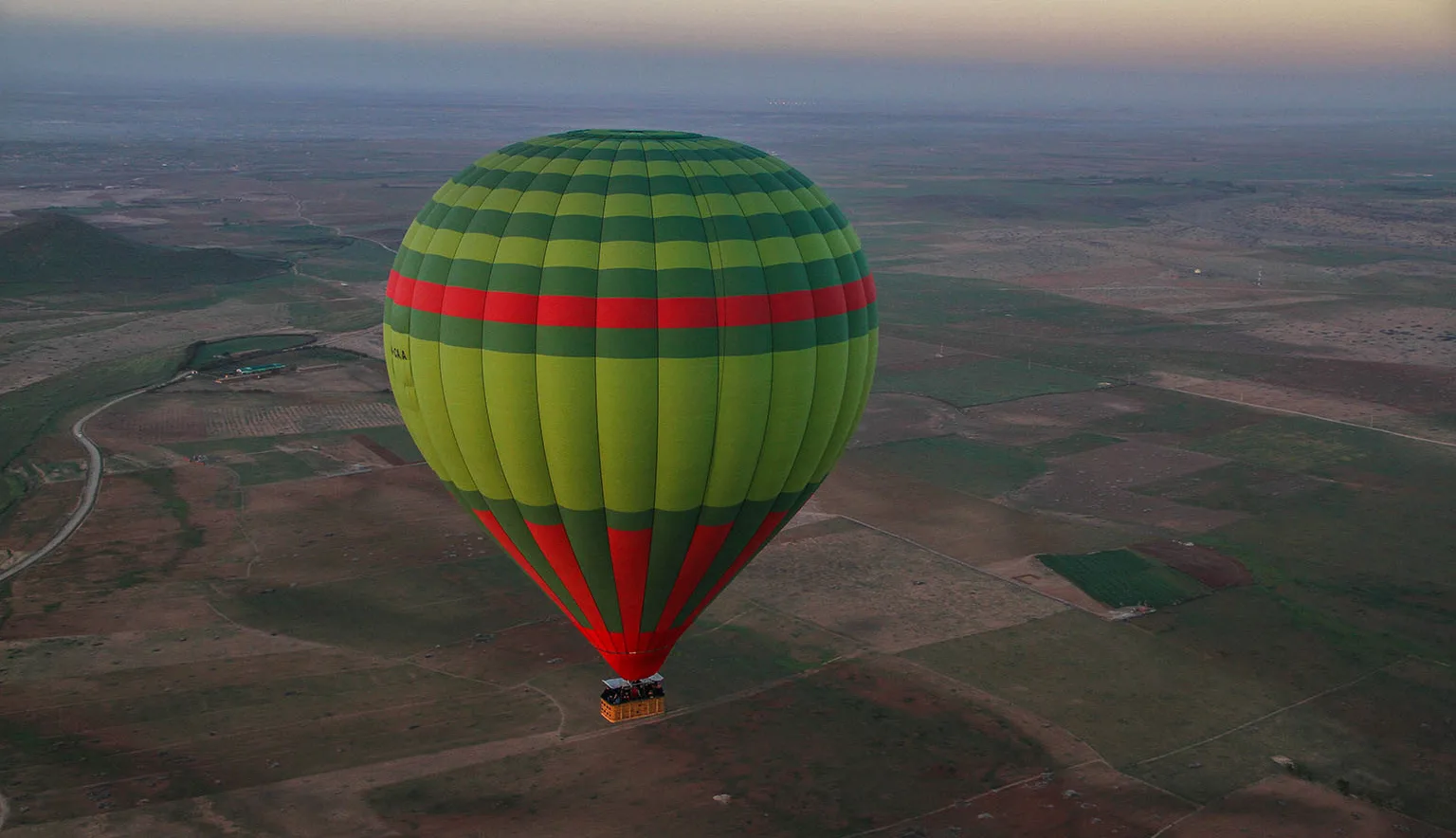Travelling to Morocco from most parts of Europe is straightforward, with multiple options available to suit various preferences and budgets. Direct flights from major European airports – such as London Heathrow (LHR), Paris Charles de Gaulle (CDG), and Lisbon (LIS) – connect to Marrakech, Casablanca, and Agadir.
It is also possible to take a ferry from various ports in the south of Spain to Morocco. Routes range from a short crossing from Algeciras to Ceuta in around one hour, and Almería to Melilla, which takes six hours. With almost 50 crossings per day from a range of different providers, accessing Morocco via ferry is becoming an increasingly popular alternative to flying. The Port of Tanger Med, meanwhile, connects Morocco to Algeciras, Tarifa, and Motril in Spain and is considered the leading maritime hub in Africa and the Mediterranean basin.
Most European citizens can enter Morocco without a visa for stays of up to 90 days, but it’s still essential for all travellers to obtain an entry stamp upon arrival to avoid complications when departing.

Once you’ve arrived, Morocco boasts a diverse range of transportation options to help you explore its vast landscapes and bustling cities. The Office National des Chemins de Fer (ONCF) national rail service connects major cities on services such as the high-speed Al Boraq train, which links Tangier to Casablanca in just over two hours.
Within Moroccan cities, taxis of various sizes are prevalent, whilst ride-hailing services from Careem and InDrive also operate in Casablanca and the capital of Rabat. For more remote areas, renting a car or utilising local bus services can be advantageous.
In summary, Morocco’s accessible entry points and comprehensive transportation networks mean the country is well-equipped to facilitate the exploration of its rich and diverse landscapes.




























